Understanding Heat Exchangers: What They Are and How They Work
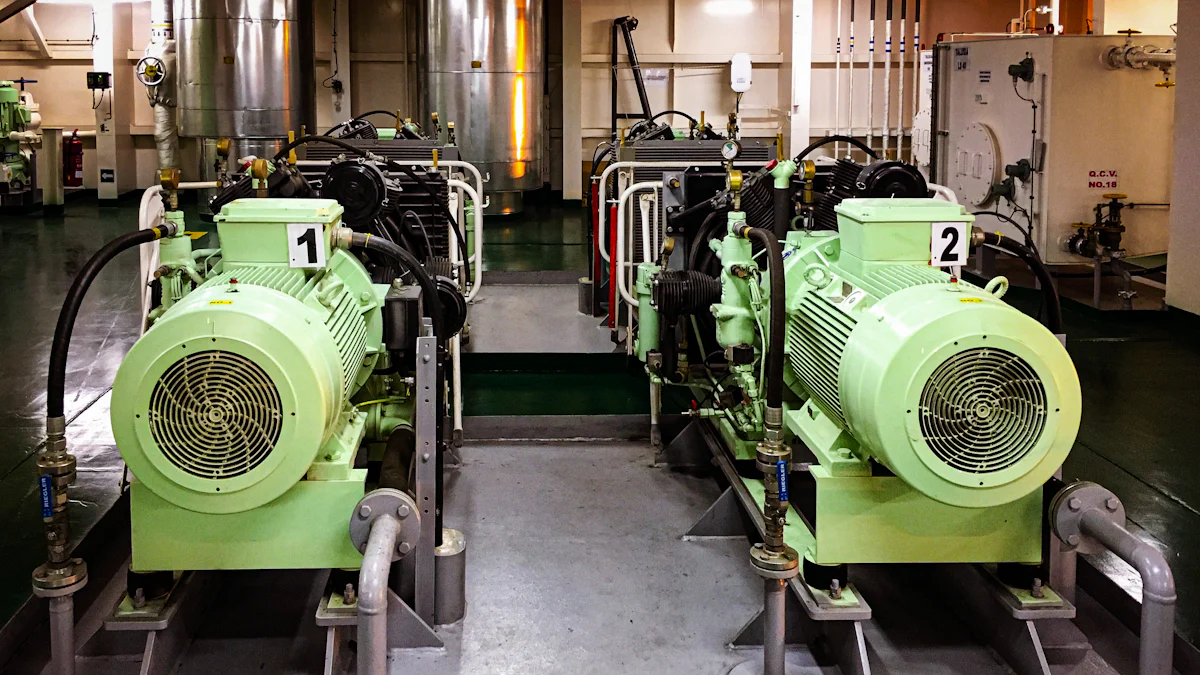
Heat exchangers play a vital role in various industries. These devices efficiently transfer heat between fluids without direct contact. This process enhances energy efficiency, leading to significant cost savings and reduced emissions. Understanding how a heat exchanger operates allows you to appreciate its impact on energy conservation and system performance. Regular maintenance ensures smooth operation and prevents sudden failures. The benefits include improved safety and increased processing capacity. By grasping the fundamentals of heat exchangers, you can recognize their importance in achieving sustainable industrial practices.
What Are Heat Exchangers and Why Are They Essential?
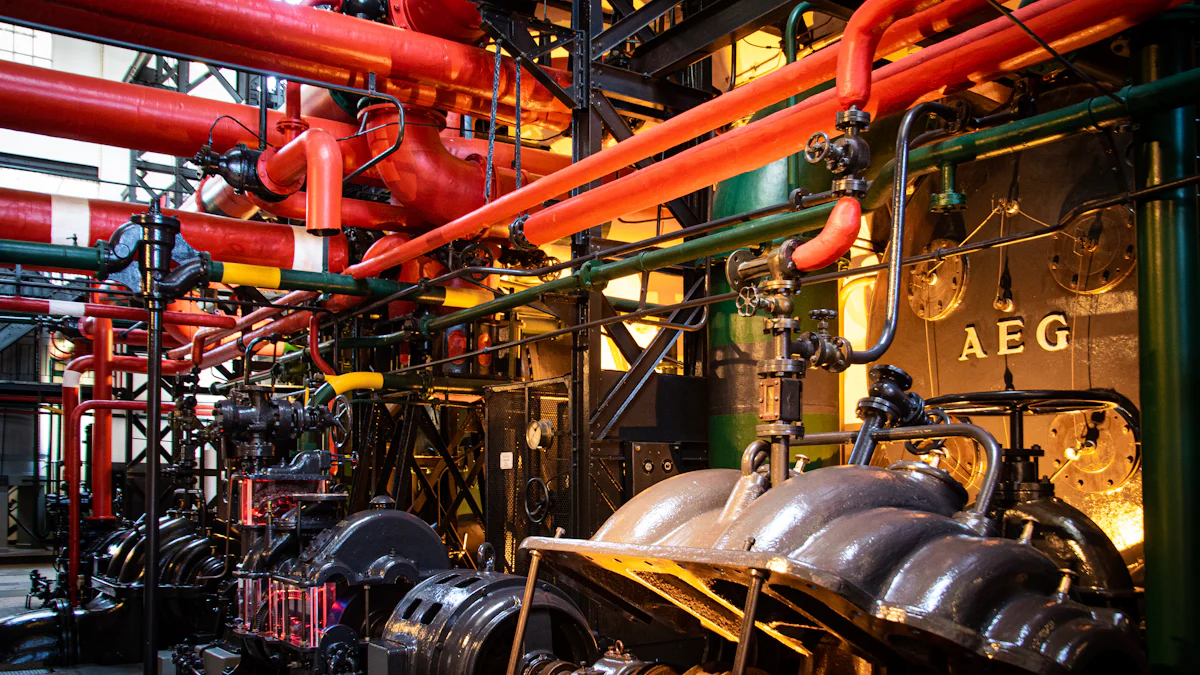
How Do Heat Exchangers Function?
Heat exchangers transfer heat between fluids without mixing them. This process involves convection in the fluids and thermal conduction through a separating wall. The design considers factors like the heat transfer coefficient and temperature driving force. Engineers choose materials based on thermal conductivity and corrosion resistance.
Fluids involved in heat exchangers can be gases, liquids, or a combination. Each fluid type affects the efficiency of heat transfer. For example, water and oil are common choices due to their thermal properties.
Industries use heat exchangers in various applications. You find them in power plants, chemical processing, and HVAC systems. These devices help regulate temperatures and improve energy efficiency.
What Are the Different Types of Heat Exchangers?
Several types of heat exchangers exist, each with unique features:
Shell and Tube Heat Exchangers: These consist of a series of tubes within a shell. One fluid flows through the tubes, while another surrounds them. This design suits high-pressure applications.
Plate Heat Exchangers: Thin plates separate the fluids. This setup maximizes surface area for heat transfer. Plate heat exchangers work well in low-pressure environments.
Air-Cooled Heat Exchangers: These use air to cool fluids. Fans increase airflow over the heat exchanger surfaces. This type is ideal for areas lacking water resources.
What Are the Key Components of a Heat Exchanger?
Heat exchangers contain several essential components:
Tubes and Plates: These parts hold the fluids. Materials must withstand pressure and temperature changes.
Baffles and Fins: These structures direct fluid flow and increase surface area. Finned tube heat exchangers enhance heat transfer speed and efficiency.
Heat Transfer Surfaces: Surfaces facilitate the exchange of heat. Engineers design these surfaces to optimize performance and reduce energy consumption.
How Do Heat Exchangers Work in Practice?

What Are the Principles of Heat Transfer in Heat Exchangers?
Heat exchangers rely on three main principles of heat transfer: conduction, convection, and radiation.
Conduction
Conduction occurs when heat transfers through a solid material. In a heat exchanger, a solid wall separates two fluids. This wall allows heat to pass from the hotter fluid to the cooler one. The material of the wall must conduct heat efficiently. Engineers often choose metals like copper or aluminum for this purpose.
Convection
Convection involves the movement of heat within a fluid. In a heat exchanger, fluid flows over surfaces, carrying heat away. The design of the heat exchanger enhances this process. Engineers use fins or baffles to increase the surface area. This setup improves the efficiency of heat transfer.
Radiation
Radiation transfers heat through electromagnetic waves. Although less significant in heat exchangers, radiation still plays a role. Engineers consider radiation when designing heat exchangers for high-temperature applications. Materials with reflective surfaces can minimize unwanted heat loss.
What Are the Flow Arrangements in Heat Exchangers?
The arrangement of fluid flow affects the performance of heat exchangers. Engineers use different configurations to optimize heat transfer.
Parallel Flow
In parallel flow, both fluids move in the same direction. This setup offers simplicity but limits the temperature difference between the fluids. Parallel flow works well for applications where a small temperature change suffices.
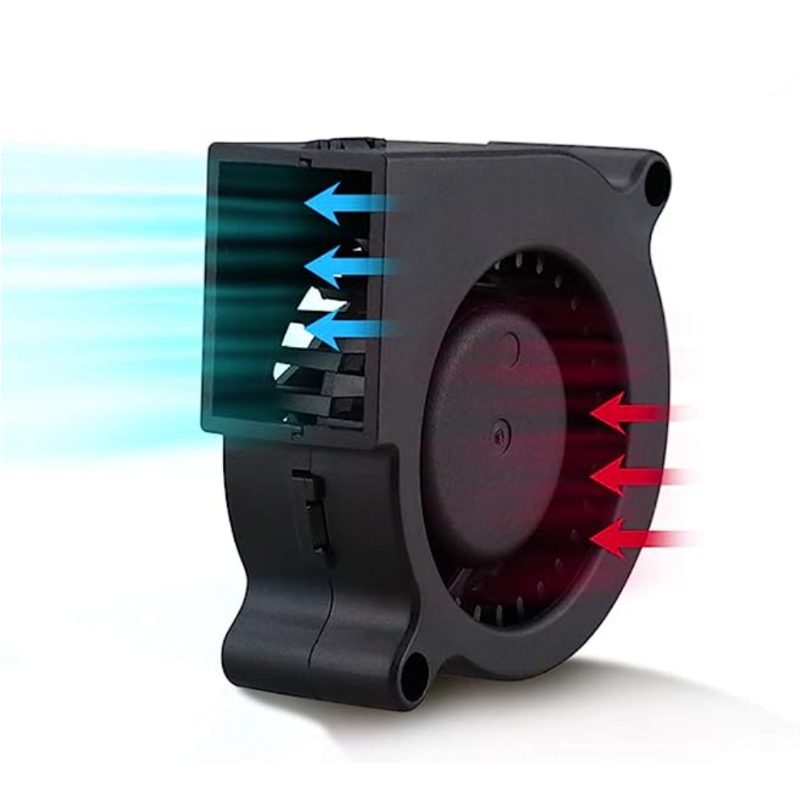
Counterflow
Counterflow involves fluids moving in opposite directions. This arrangement maximizes the temperature difference across the heat exchanger. Counterflow designs achieve higher efficiency than parallel flow. Many industries prefer counterflow for its superior performance.
Crossflow
Crossflow occurs when fluids move perpendicular to each other. This configuration balances simplicity and efficiency. Crossflow heat exchangers find use in applications like air conditioning systems. Engineers choose crossflow for its compact design and moderate efficiency.
What Factors Affect Heat Exchanger Performance?
Several factors influence the effectiveness of a heat exchanger. Understanding these factors helps in optimizing performance.
Temperature Difference
The temperature difference between the fluids drives heat transfer. A larger difference increases the rate of heat exchange. Engineers design heat exchangers to maximize this temperature gradient. Proper insulation helps maintain the desired temperature difference.
Flow Rate
The flow rate of fluids impacts the efficiency of heat exchangers. Higher flow rates increase the amount of heat transferred. However, excessive flow can lead to pressure drops. Engineers balance flow rate and pressure to achieve optimal performance.
Material Properties
The materials used in heat exchangers affect their performance. Metals with high thermal conductivity enhance heat transfer. Corrosion-resistant materials ensure longevity and reliability. Engineers select materials based on the specific requirements of each application.

Why Are Heat Exchangers Important Across Industries?
How Do Heat Exchangers Contribute to Energy Efficiency?
Heat exchangers play a crucial role in reducing energy consumption. These devices efficiently transfer heat between fluids, minimizing energy waste. Industries achieve significant energy savings by optimizing heat exchanger performance. This efficiency leads to lower operational costs and enhances sustainability.
Heat exchangers enhance system performance. By maintaining optimal temperatures, these devices ensure smooth operation. Systems experience fewer breakdowns and require less maintenance. This reliability translates into increased productivity and reduced downtime.
Environmental benefits arise from using heat exchangers. Efficient heat transfer reduces greenhouse gas emissions. Industries contribute to environmental conservation by adopting heat exchangers. These devices support sustainable practices and help combat climate change.
What Are the Applications of Heat Exchangers Across Industries?
Heat exchangers find applications in various industries. HVAC systems rely on heat exchangers for temperature regulation. These devices provide efficient heating and cooling. Buildings maintain comfortable environments with minimal energy use.
Power generation facilities use heat exchangers extensively. These devices facilitate energy conversion processes. Power plants achieve higher efficiency and output. Heat exchangers contribute to reliable electricity supply.
Chemical processing industries depend on heat exchangers. These devices control temperatures during reactions. Consistent temperatures ensure product quality and safety. Chemical plants optimize processes with effective heat transfer.
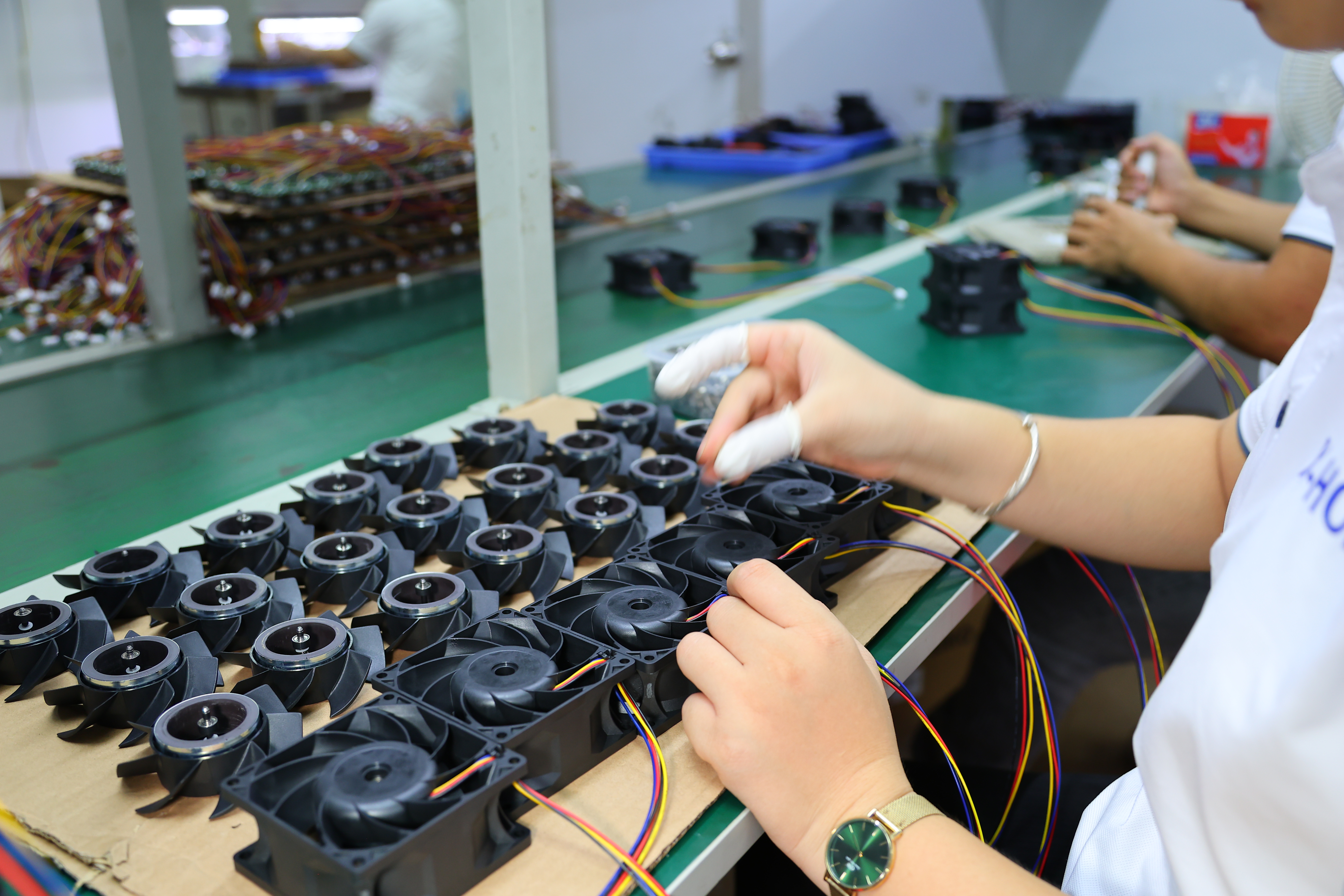
What Are the Innovations and Future Trends in Heat Exchangers?
Advances in materials drive innovation in heat exchangers. New materials offer improved thermal conductivity. Heat exchangers become more efficient and durable. Engineers explore lightweight and corrosion-resistant options.
Smart heat exchangers represent a future trend. These devices incorporate sensors and controls. Real-time monitoring optimizes performance. Smart systems enhance energy efficiency and reduce maintenance needs.
Integration with renewable energy sources gains attention. Heat exchangers support solar and geothermal systems. These devices facilitate energy storage and distribution. Renewable energy adoption increases with efficient heat transfer solutions.
Heat exchangers hold immense importance in achieving sustainable development. These devices provide low energy consumption and cost-effective solutions. Heat exchangers reduce environmental impact and promote energy efficiency. Exploring various applications reveals their versatility across industries. Future advancements promise even greater efficiency and innovation. The global market for heat exchangers continues to grow, driven by industrialization and energy regulations. Understanding these devices supports ethical responsibility to minimize waste and emissions. Embrace the potential of heat exchangers to contribute to a more sustainable future.
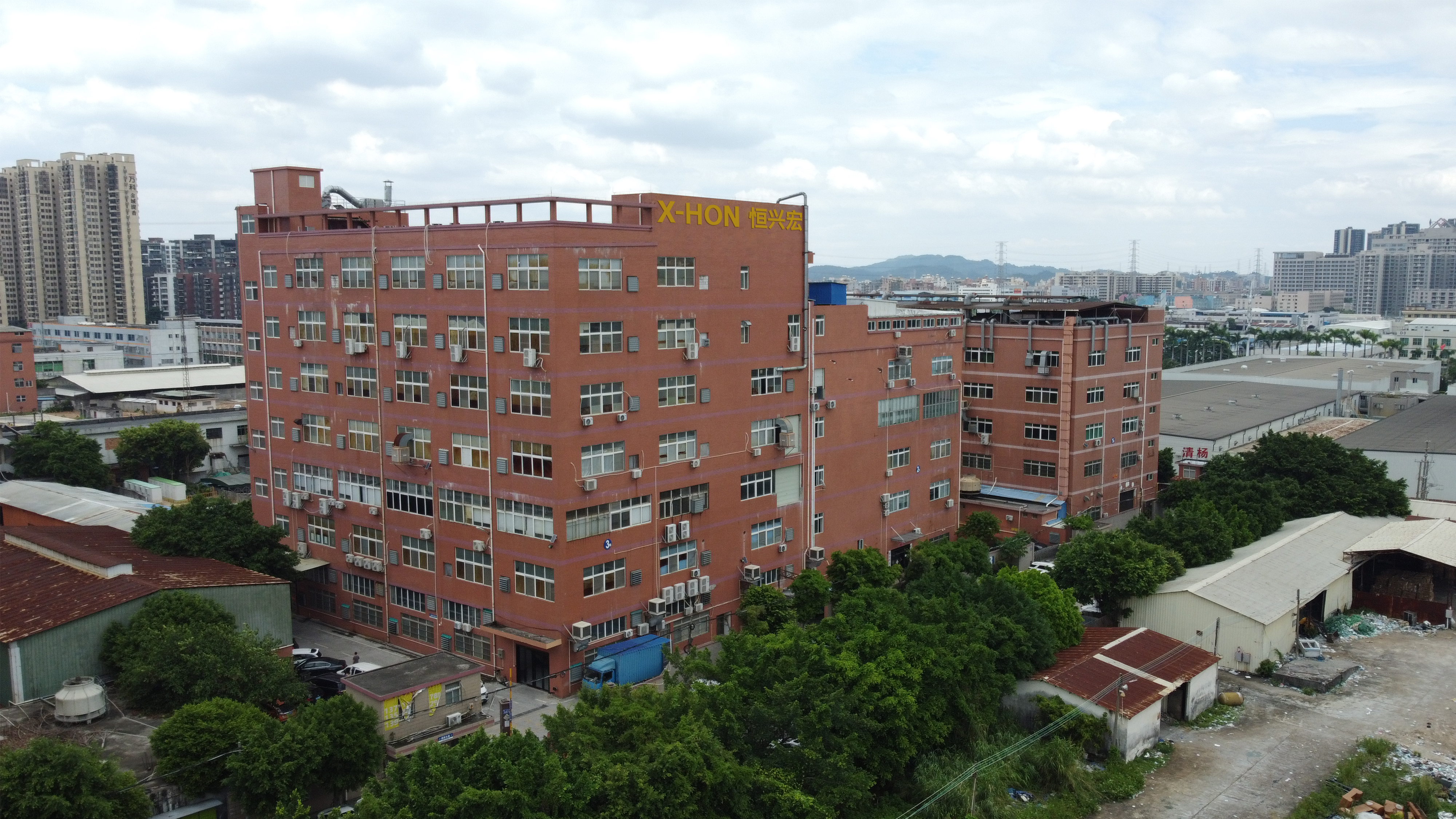
See Also
Unveiling the Science of Heat Dissipation in Daily Activities
Effortless Heat Dissipation Using Cooling Fans
Understanding the Function of Seat Cooling Fans
The Popularity of Axial Fans for Product Cooling
Exploring 10 Fascinating Heat Dissipation Techniques in Action
About US
X-HON
X- HON is a leading manufacturer of cooling fans,speciaizing in research, development, and production forover a decade. With a focus on quaity and inovation, we ofer arange of cooling solutions to global markets, ensuring superior performance and reliable service.
Address
Address1: HuaYuan Building, Xixiang Avenue, Bao'anDistrict, Shenzhen, Guangdong Province, china;
Address2: DaLingShan District, DongGuan,Guangdong Province, china
Contacts
frelin.jiang@x-hon.com
bella.cai@x-hon.com
+86 15626528321
To inquire about product specifications or to request custom fan designs,
please leave your email address.
Our dedicated service team will be in contact with you shortly.

